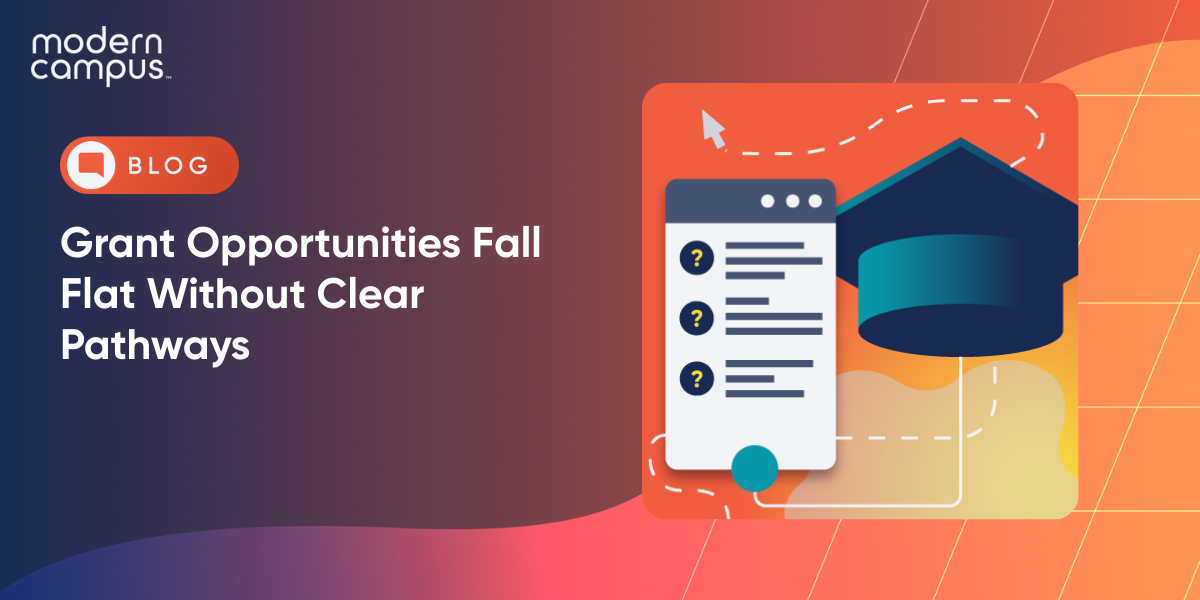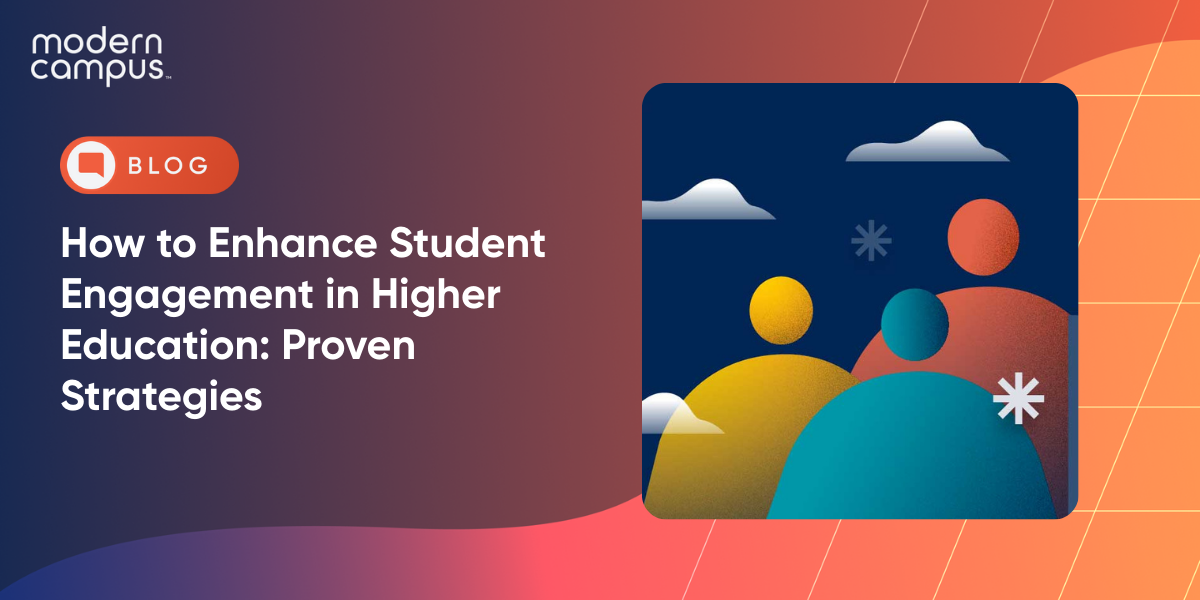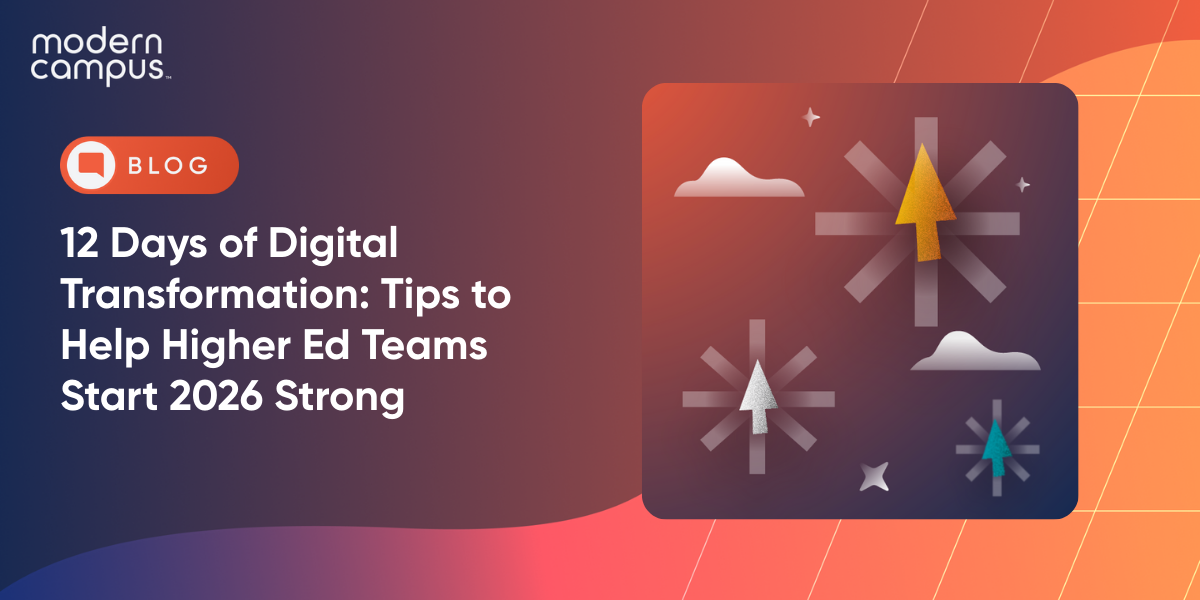Grant Opportunities Fall Flat Without Clear Pathways
Expanding access to short-term and workforce-focused learning has become a national priority. Recent shifts in grant eligibility, including expanded use of Pell for non-degree programs, represent a growing recognition that rapid credentialing is central to economic mobility.
But funding alone doesn’t close the gap between aspiration and opportunity. For many prospective learners, especially those navigating higher education for the first time, the biggest barrier isn’t simply cost—it’s clarity.
It's not about needing more options. It's about needing help finding the right one—and the path to get there.
Funding Access Starts with Institutional Design
When new grant dollars become available, there’s often an assumption that learners will automatically benefit. But funding doesn’t translate to access unless institutions intentionally design it.
That means streamlining how learners discover eligible programs and reducing administrative hurdles to enroll. It also means providing consistent, clear guidance on how to apply funding to coursework—especially for learners balancing work, family and other responsibilities.
Too often, those who would benefit most from grant-funded education face the most friction.
Institutions that take a proactive role in removing friction are better positioned to serve both their students and communities. This isn’t just about compliance with new rules—it’s about designing systems that are built with today’s learners in mind from the start.
Programs Must Align with Both Market Demand and Funding Criteria
One of the quiet risks of new funding is assuming that existing programs will suffice. Typically, the types of programs that qualify for these grants—short-term, industry-aligned, outcomes-driven—often require a different approach to design and delivery.
It’s not just about ticking boxes on a funding rubric. It’s about offering credentials that lead to real, measurable career opportunities.
Institutions can take this moment to audit their offerings: Which programs are most in demand in the local labor market? Are they eligible for grant funding? Are they structured to support learners who may be returning to education after years away? The answers to those questions will shape not just enrollment, but long-term institutional impact.
Communication is the Bridge Between Eligibility and Enrollment
Even the most thoughtfully designed, grant-aligned programs will stumble if learners don’t understand how to access them.
Funding opportunities should be easy to find—not buried in PDFs or spread across multiple offices. Learners should be able to see which programs qualify for which support and what steps they need to take. Messaging needs to be clear, consistent and have a human touch.
This is particularly important for learners who aren’t part of the traditional mold of a 18 to 22 year-old student. Adults looking to reskill or shift careers are experienced consumers. They’re comparing options, assessing value and weighing education alongside other life commitments. Institutions that communicate clearly and help navigate funding eligibility will stand out.
Reframing Grant Management as Learner Enablement
At its core, grant management isn’t just an administrative function. It’s a strategic lever for equity, access and enrollment growth.
Strategically guided, it has the ability to empower learners to pursue high-impact programs without the noise and confusion that so often surrounds financial aid. Institutions can respond with greater agility to shifts in labor demand. And it helps ensure public investment in education delivers on its promise.
This moment calls for more than just updates to policy and process. It calls for a mindset shift—from grant management as compliance to grant management as enablement.
Looking Ahead
Institutions that embrace this shift will be better positioned to meet the needs of today’s learners—and tomorrow’s economy. They’re able to design programs with both outcomes and access in mind. They’ll rethink the learner journey as something that starts well before enrollment. And they’ll treat funding not as an afterthought, but as a foundational part of delivering value.
This isn’t just a chance to grow programs. It’s a chance to remove barriers, unlock potential, and lead with purpose—while putting the right systems in place to make it happen. Modern Campus Lifelong Learning equips institutions to manage and scale high-quality workforce programs, streamline registration, and efficiently manage financial aid, including Workforce Pell Grants, to maximize student success. The result: more learners reached, more funding unlocked, and deeper, lasting relationships with lifelong learners.
Last updated: August 12, 2025



